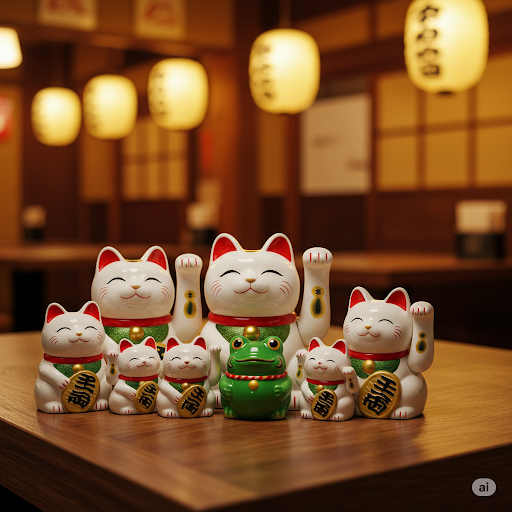
The Feline Manicure: How Cats Keep Their Claws Perfectly Trimmed
Share
The Feline Manicure: How Cats Keep Their Claws Perfectly Trimmed
If you're a cat owner, you've likely admired your feline friend's incredibly sharp claws – perhaps while receiving an accidental (or not-so-accidental) knead. But have you ever wondered how these impressive tools stay so keen, even without a trip to a cat salon? The answer lies in a fascinating, instinctual behavior that's essential for their well-being: declawing.
Wait, no, not declawing in the surgical sense! We're talking about the natural, ingenious way cats maintain their own nail health. It's a process of shedding, sharpening, and self-care that's deeply ingrained in their wild ancestry.
The Anatomy of a Cat Claw: Layers of Purpose
To understand how cats "trim" their claws, it helps to know a little about their structure. A cat's claw isn't just a single, solid piece. It's composed of multiple layers, much like an onion. The outermost layer is the oldest and dullest, while the layers underneath are progressively newer and sharper.
Cats also have retractable claws, meaning they can pull them back into sheaths when not in use. This keeps them from getting dulled during walking and allows for silent stalking.
The "Shedding" Secret: Why Scratching is Essential
The primary method cats use to maintain their claws is scratching. But they're not just doing it to annoy your furniture (though it can certainly feel that way!). When a cat scratches, they're not merely shortening the claw; they are actively removing the old, dull outer sheath to reveal the new, sharper claw underneath.
Think of it like peeling an old layer of paint to reveal a fresh, vibrant surface. You might occasionally find these little "nail husks" around your house near scratching posts – those are the discarded outer layers!
This shedding process is vital for several reasons:
- Sharpness for Hunting and Climbing: In the wild, sharp claws are critical for catching prey, climbing trees to escape danger, and maintaining balance. Even domestic cats retain these instincts.
- Hygiene: Removing the old outer layer helps keep the claws clean and free from debris.
- Exercise and Stretching: The act of scratching provides a full-body stretch, working muscles in their back, shoulders, and legs.
- Scent Marking: Cats have scent glands in their paws. When they scratch, they deposit their scent, marking their territory. This is why having multiple scratching surfaces can help reduce unwanted scratching on furniture.
Beyond the Scratch: Other "Trimming" Habits
While scratching is the main event, cats also engage in a few other behaviors that contribute to claw maintenance:
- Biting and Nibbling: You might observe your cat biting at their claws. This isn't just grooming; they're also using their teeth to remove loose sheaths, smooth rough edges, or even trim particularly long claws on their front paws. They'll often focus on their dewclaws (the claw on the inner side of their front legs), which don't get as much wear from scratching.
- Rough Surfaces: Walking and interacting with various surfaces like rough concrete (if they go outdoors) can also help wear down the tips of their claws.
Providing the Right Tools for the Job
Since scratching is so fundamental to a cat's claw health, it's crucial for us as owners to provide appropriate outlets:
- Scratching Posts: Offer a variety of scratching surfaces. Cats have preferences! Some like vertical posts (sisal rope, cardboard), others prefer horizontal scratchers, and some even enjoy slanted options. Ensure posts are tall and sturdy enough for a full stretch.
- Location Matters: Place scratching posts in prominent areas where your cat likes to hang out or near furniture they've targeted in the past.
- Regular Nail Trims (by You!): While cats are masters of self-maintenance, regular human intervention with a cat-specific nail clipper is often necessary, especially for indoor cats. This prevents claws from becoming too long, uncomfortable, or prone to snagging. It also protects your skin and furniture! Your vet or groomer can show you how to do this safely, avoiding the quick (the sensitive pink part of the nail).
By understanding the ingenious ways our feline companions keep their claws in prime condition, we can better appreciate their natural behaviors and provide them with the tools they need to stay happy, healthy, and perfectly "manicured."
